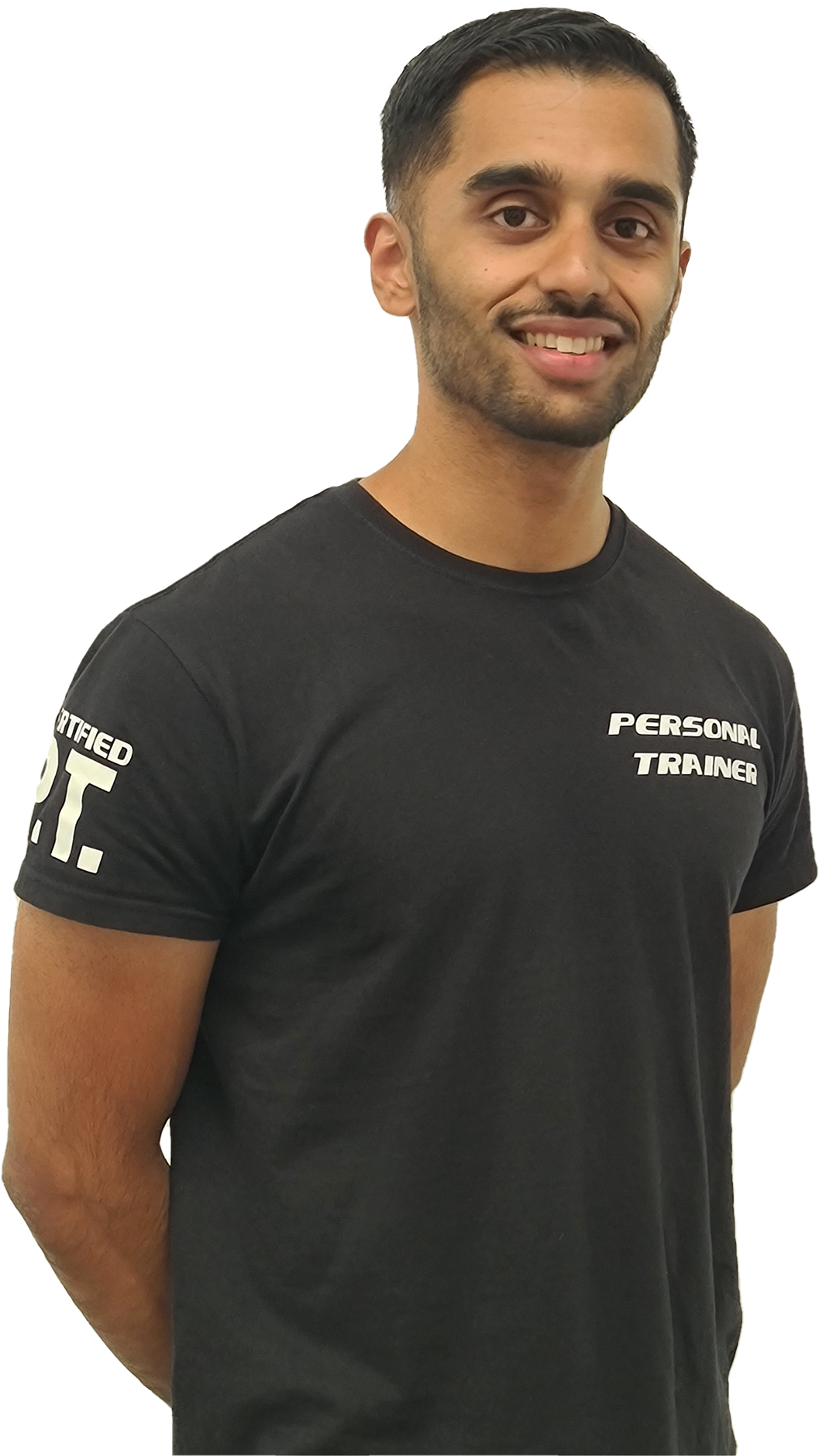
Location: Evolve Gym, South Ruislip
A recurring theme I see amongst young aspiring athletes or fitness enthusiasts is their hastiness to jump right into the deep end. Consequently, they suffer a setback of some sort in the form of an injury. I’ll be talking more about this later on in this article.
We all know at-least one guy in his late 20s who used to play a sport (most likely, football) but had to stop after a life-threatening knee, ankle or hip injury just when they were about to sign for Arsenal U16.
Sports education and professional facilities at collegiate/high school level is straggling way behind in the United Kingdom in comparison to the United States. In the USA, high school sports are better funded, better coached, better attended, and draw hefty crowds. This is attributed to the existence of athletic scholarships to university, which allows the student to pursue their passion for sport within the school system.
From the early stages of their athletic development, young people in the USA with an avid interest in sports have a professional coach to guide them the best they can in becoming a seasoned athlete in the years to come. That is what’s lacking in the UK, young people in the UK lack professional guidance to essentially coach them into the final product.
The deep end I am talking about is straight into heavy lifting, explosive plyometric work every day, without building a foundation.
The Ten Components of Athleticism
- Strength - the ability to create force
- Speed – the ability to perform a task in the shortest time
- Power – the ability to create maximal force/speed in the shortest time
- Mental Resilience – the ability to push yourself beyond your comfort zone
- Aerobic Capacity – the maximum amount of cardio one can do for duration measured as oxygen consumption
- Anaerobic Capacity – the maximum amount fo work performed during maximum-intensity physical effort
- Balance/Coordination – the ability to perform movements with precision regardless of a deviation in centre of mass
- Agility – ability to be nimble on your feet and move quickly
- Stability – ability to prevent movement in one part of your body while creating movement in another
- Mobility – flexibility in motion, the range of motion through muscles and joints
The Foundation
Let’s organize the above attributes into a hierarchy; the first part being the foundation where the progress begins: mobility, balance, stability and coordination.
Progression in these 4 attributes will help an athlete stay injury free and perform better in the upcoming attributes; to be more specific, it includes core strength and stabilization, ankle strength and stabilization, reaction time, functional fitness
The Core
Strength and Aerobic capacity, these two become a springboard where you can make a leap into the next stage of athletic development. This is entering a strength weightlifting plan to help you increase your one-rep maximum lifts and build cardiovascular endurance, your ability to jog/run continuously for 30+ minutes.
The Final Form
The following is advanced athletic territory, the layer that everyone wants to dive into headfirst. It includes power, speed, agility and anaerobic (HIIT) work. Training for these attributes come with the most risk, which is why it is important to build the foundations and core before coming onto this. They include plyometrics, submaximal sprinting, ballistic training.
If you’re an aspiring fitness enthusiast or athlete, and feel like you need help to spearhead yourself into these stages just contact me through this page and I’d be happy to help.
How We Would Tackle Each Stage at Elite Fitness Performance
Through my career, I have made investments into my personal training business to give my clients the best service that I could possibly give.
To give you an analogy, every personal trainer you’ll meet will have a toolbox and depending on their years of experience, knowledge and persistence to grow that toolbox will be either scarce or vast. Mine is vast, I have made investments into devices and tools to tackle any problem and trailed and researched all I could to know exactly how to execute a plan.
Visit my YouTube channel and Instagram page to find out more.
#ptlondon #personaltrainerinruislip #personaltrainerinpinner #ruislip #pinner #personaltraining #coach #workout #fitness #workoutmotivation #fitnessmotivation #health #gym #core #abs #sports #athlete #evolvegymsouthruislip #athletics #football #tennis #cricket #basketball #golf #plyometrics #flywheeltraining

Start Today!
Ready to transform your fitness journey? Take the first step towards achieving your goals with personal training!
My take on Health and Fitness



